Demystifying the core technology of Magic Leap
On February 2nd, MagicLeap officially stated that it had received approximately $794 million in financing from Alibaba Group. Together with the $542 million led by Google in the last round, the company has completed a total investment of $1.34 billion since the end of 2014, with a total valuation of about $4.5 billion.
This Florida-based startup has been in business for decades, with a luxurious lineup and a large scale, but it is so secretive and mysterious about its core technology. Even a few demo videos were revealed, and the world was amazing. So, what is the magical secret of MagicLeap? Here, I boldly speculate that we are trying to explore the essence of technology under its confusing appearance.
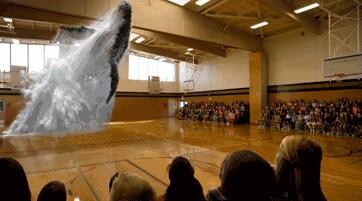
A huge whale leaps out from the center of the basketball court
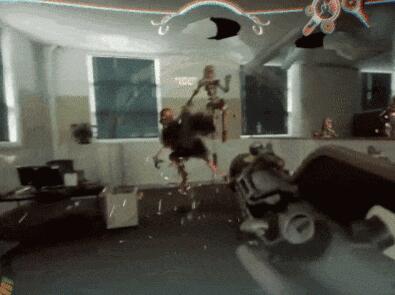
Turn the office into a game battlefield
In the field of computer graphics, the evolution of 3D scene rendering technology can be roughly divided into the following historical stages: pinhole camera, binocular stereo vision, light field, digital holography. In short, the masterpiece of pinhole camera demonstration technology is the early animated film "Final Fantasy". The masterpiece of binocular stereo vision is the 3D version of "Avatar". The representative of the light field is MagicLeap. The representative work of digital holography is " The scene in Star Wars.

Final Fantasy: Ray Tracing Rendering, Pinhole Camera Display Technology
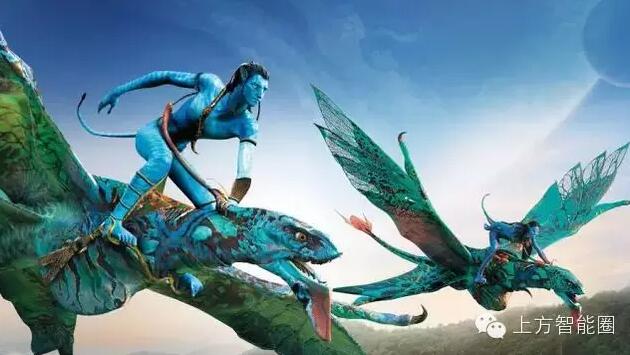
3D version of "Avatar", binocular stereo vision
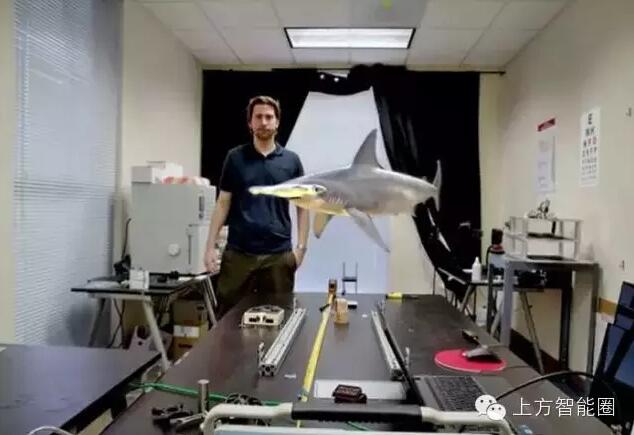
MagicLeap, augmented reality, light field technology
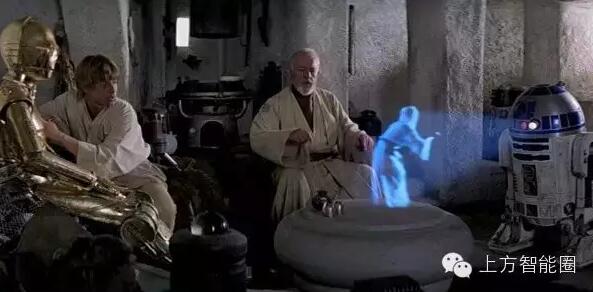
Star Wars, digital holography
MagicLeap realizes and popularizes the light field display technology. This is a real revolution in 3D scene display technology. It is natural to get an unprecedented investment. So what is the light field? Is this technology completely new? What is the historical context of this technological development? Are there other companies that started with light field technology? We explain them one by one in the discussion below.
Pinhole camera
The ideal model for a conventional optical camera is a pinhole camera. In computer graphics, traditional rendering methods are based on this camera model. As shown in Fig. 7, from the optical center of the camera, a ray is emitted through each pixel of the imaging screen. The optical tracking method uses the physical laws of geometric optics to calculate the color of the ray, which is the color of the corresponding pixel. Figure 8 shows a rendered image calculated by optical tracking. Here, we need a conceptual transformation, each pixel is not a point, but a ray, which is the key to understanding the light field! In other words, a photo is a cluster of rays that pass through the center of the light. Final Fantasy is rendered using optical tracking.

Pinhole camera model in ray tracing

a scene rendered with ray tracing
Traditional display methods, such as screens, LCD/LEDs, are based on the traditional notion of using each pixel as a point, looking at it from different angles, and the color of the same pixel is unchanged. In other words, this display loses information in the direction of the ray.
Binocular stereo vision
The human has two eyes. When the object is viewed, the two eyes are imaged separately, and the brain calculates the depth information of each point according to the nuances of the two eyes, thereby obtaining a stereoscopic feeling. Imitating the human eye, we can get a binocular stereo photo with a two-lens camera.
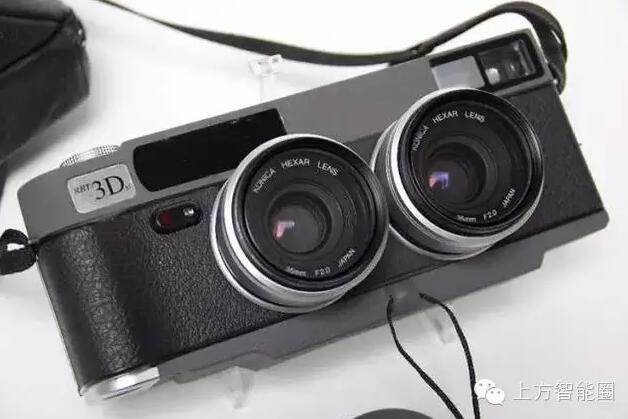
Binocular stereo camera
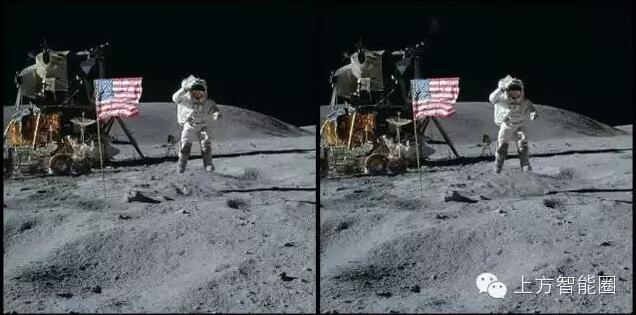
Binocular stereo shot taken in the Apollo mission to the moon
Essentially, binocular stereoscopic photos are two clusters of rays starting from two optical centers. The 3D version of "Avatar" is made by this principle. Binocular stereoscopic time complexity and spatial complexity are doubled compared to monocular cameras.
Light Field - Magic Box Explanation

Magic Field Explanation of Light Field
Let's assume that a rabbit is covered with a glass box and then the rabbit is observed through a glass box. From any point on the surface of the box, a ray is emitted in any direction of the three-dimensional space. The color of the ray is determined by the rabbit and the lighting conditions. We use it to represent a glass box, which represents a unit vector, and a ray is expressed as a collection of all rays. Each ray corresponds to a color, which we use as a point in three dimensions. Therefore, the light field is a mapping from ray space to color space. In other words, the light field is a vector value function defined on the ray space.
Suppose we removed the rabbit in the glass box, but the glass box is a magic box, and the light field information is perfectly preserved. When we look at this box, all the rays that pass through one eye synthesize an image on the retina. We are free to change the distance and angle of view. The image of the rabbit on the retina changes naturally and the rabbit disappears. Therefore, with the magic box, we no longer need real rabbits. This magic box is the light field of the rabbit.
In the field of optics, the light field is an ancient concept. It was introduced to the field of computer graphics by Microsoft and Stanford scholars in 1996, and it has been 20 years since it was developed in 2016. Although in the academic world, people are relentlessly studying and deepening, it is still a matter of recent years. MagicLeap should be considered as a peak in the practical application of LightField theory.
Light field rendering We can replace the rabbit with the rabbit's light field and render the photos at various angles so that we don't need to build the rabbit's geometric model, texture model and lighting model. For large scenes, complex lighting conditions, or complex geometric models (such as plush toys), the light field is simpler than the real digital model, or the light field is more realistic than the ray tracing rendering, or more efficient, we Use the light field to render. This is the so-called image-based rendering method. Historically, Microsoft has produced a version of the game based on the light field, similar to the island treasure hunt, all scenes are collected from the real nature, very realistic, but in the end did not cause any response, no end.
Flat plate casters provide mobility for a wide spectrum of environments and applications – from heavy duty industrial, to vintage casters used for aesthetic purposes, and more!
As a professional Chinese caster manufacturer since 1988 ,Our offering of plate mount casters covers the spectrum of needs for objects that are best made mobile by connecting the object to a caster plate, also known as a top plate. The caster mounting plate allows for a wider area of distribution of weight load and force compared to their stem mount counterparts, generally allowing plate mount casters to carry heavier weight loads. including rigid wheel caster , swivel caster , brake caster , size various from 2'' ,3'',4'',5'',6'',8'' caster wheels ,Use our filters to find exactly what you need.
Flat Plate Casters,Caster Wheels,Performa Wheel Caster,Creeper Caster
Zhejiang Lingda Caster Co., Ltd , https://www.ldcaster.com